
Membri Carpathian-Balkan Working Group
Climate change in the Carpathian-Balkan region during the Late Pleistocene and Holocene
1st International Workshop, Suceava, Romania, 9-12 June 2011
Marcel Mindrescu
Department of Geography, University of Suceava, Romania; marcel.mindrescu@gmail.com
The purpose of this workshop was to bring together an international group of scientists interested in the Carpathian-Balkan region to discuss research results and promote opportunities for interdisciplinary and international collaboration. The workshop was co-sponsored by the University of Suceava, the Mountain Research Institute, and PAGES.
The program was centered on oral and poster presentations, open discussions and informal exchanges of ideas on a wide range of topics related to the climatic and environmental dynamics during the Pleistocene and Holocene in the Carpathian and Balkan mountains - the least studied mountain areas of Europe. For example, the Carpathian Mountains in Romania have been identified as a region where there is a relative paucity of sediment based studies (e.g., Buczkó et al., 2009). Whereas Rose et al. (2009) has recently published a study of a site in the Retezat Mountains at the western extremity of the Southern Carpathians, to date there is no other published information on sediment trace metal levels from elsewhere in the Romanian section (the most extensive section) of the Carpathians, despite the abundance of lakes in these mountains (Hutchinson, S.M., at al., 2011). Countries from this region has just integrated within the EU and there are many community-based projects to evaluate climate problems and anthropogenic impacts, but it will also be important to provide a retrospective regarding those from the past and a forecast for those in the future regarding this region. Furthermore, the Carpathian Mountains are considered, on one hand, one of the last wild areas of Europe, but at the same time are being subjected to anthropogenic pressures in order to make the best of the soil /underground resources (e.g. the project for the exploitation of the gold mine at Rosia Montana, Romania). This area has known many of these brutal interventions (e.g. the exploitation of the sulphur in Calimani) as well as ecological local incidents (e.g. the breaking of the mining lakes from Toroiaga or Baia Mare areas - 11 years from the accident that took place at Aurul Baia Mare) or cross-border pollution (e.g. the accident at Cernobil, 1986). Despite everything, these areas are subjected to a process of continual development and therefore industrial pollution, mining, wood industry, tourism etc. By elaborating different publications, such as Quaternary International, under progress now, later on it will establish a solid ground, being on the way of finding further financing, including community sources.
The workshop addressed mainly the following scientific subjects:
- Characteristics and extents of former glaciations in the Balkan-Carpathians Mountains
- Periglacial processes
- Lake sediment and peat-bog deposits as paleoenvironmental archives
- Past climates, vegetation history and human impact
- Karst and cave records as recorders of climate change
- Dendrochronology
- Geoarcheology
- Fluvial system dynamics
- Loess-paleosoil complexes
- Present-day climate
The workshop featured 36 oral presentations (including the PAGES and MRI plenary speakers) and 15 posters. The 70 participants were from following countries: Romania, Hungary, Germany, the United Kingdom, Bulgaria, Slovenia, Ukraine, Poland, Switzerland, the Czech Republic, and Belgium. All the presentations, including posters, were held in the same conference hall, in order to promote interdisciplinary exchange. Webcasting was provided for the whole duration of the workshop. The workshop also had an educational effect for young researchers and students by providing them a platform to present their results to an international audience and to discuss their research in a multidisciplinary community.
A post-symposium field trip was organized to the formerly glaciated alpine ranges of the Northern Romanian Carpathians (Rodna Mountains), as well as to several large peat-bog accumulations and wetland ecosystems (Iezer lake and Poiana Stampei peat bog).
The organizers of the workshop entered into agreement with the journal Quaternary International to publish contributions of the participants in a peer reviewed special issue. An impressive number of 29 authors groups signed up to contribute papers for this special issue, which is planned to be completed sometimes in 2012.
In the closing discussion of the workshop we debated the possibility to organize another similar event in 2013 to continue with the effort to promote research and interdisciplinary collaboration in the Carpathian-Balkan area. Alternatively, as slightly modified format it was suggested to organize meetings directly in the field. In order to achieve follow-up activity, we created a working group for this region. Already we have discussed with the researchers and we are groining to built up a working group (called: Suceava working group) who will activate in this region in different domains. For this we are working now for a dedicated web site and then under a leader we will activate this working group accessing a European research grant. The group will be lead by Dr. Marcel Mindrescu and Dr. Angelica Feurdean, Dr. Enykio Magyari and Dr. Dan Veres. Each country will have a chef and members. We hope to have support from PAGES and MRI. Also we intend to organize the second workshop in Romania (probably in Cluj-Napoca or Suceava) in 2014 or less. This is a target of our working group as well along with organizing the summer camps between workshops.
The organizing committee considers that this event was a success based on the feedback we have received from all the participants. Also, from our point of view, organizing this workshop in Suceava has proved to be a unique opportunity, but nonetheless a great challenge and we are looking forward to a second edition.
Reference
Akinyemi, F.O., Hutchinson, S.M., Mindrescu, M., Rothwell, J.J., 2011, Lake sediment records of atmospheric pollution in the Romanian Carpathians, Quaternary International (under press).
Buczkó, K., Magyari, E.K., Bitušík, P., Wacnik, A., 2009. Review of dated late Quaternary palaeolimnological records in the Carpathian Region, east-central Europe. Hydrobiologia 208, 3-28.
Rose, N.L., Cogalniceanu, D., Appleby, P.G., Bancelj, A., Camarero, L., Fernandez, P., 2009. Atmospheric contamination and ecological changes inferred from the sediment record of Lacul Negru in the Retezat National Park. Adv Limnol 62, 319-350.
Enikő Magyari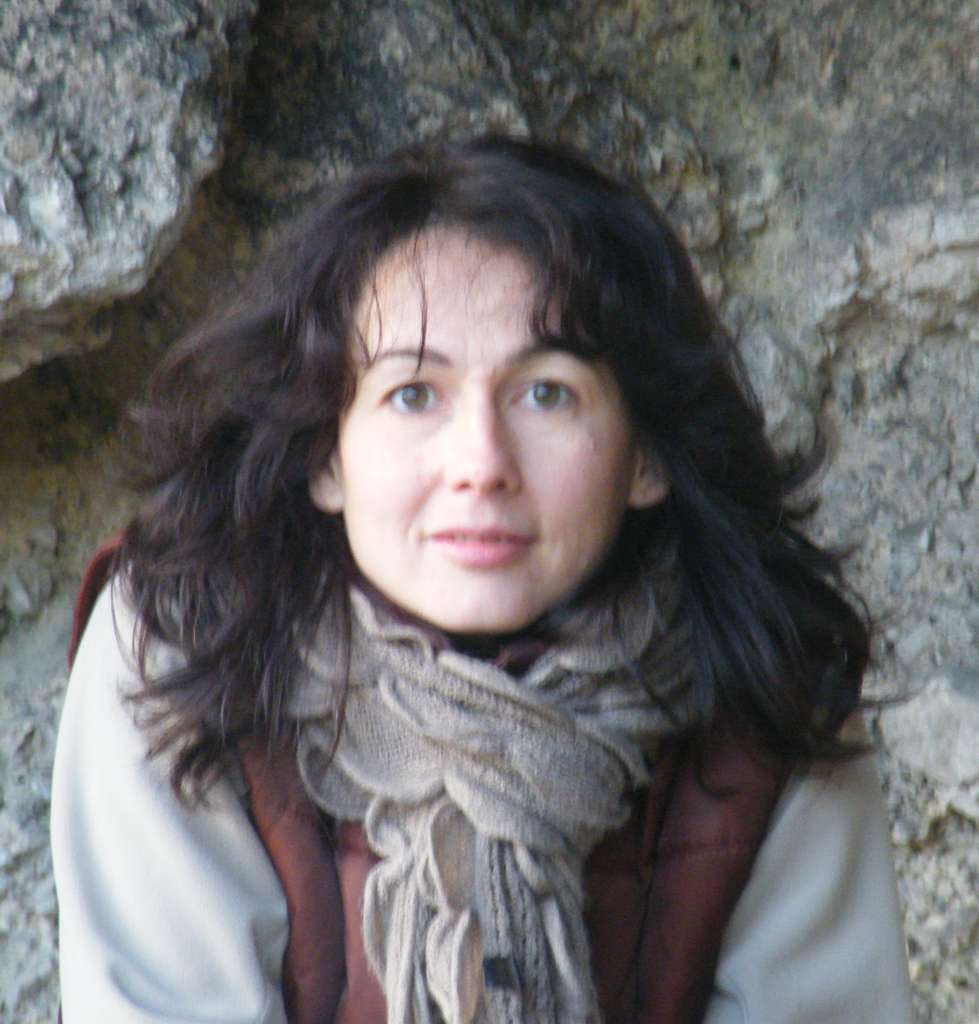 Adresa: MTA-MTM-ELTE Őslénytani Kutatócsoport 1087, Budapest, KönyvesKálmán krt. 40. Tel: 06-1-210-1330 ext. 138, 06-70-562-5614 Email: magyari@bot.nhmus.hu Documente: 30071203084707-ME_9_professional_CV..docx |
Ionel POPA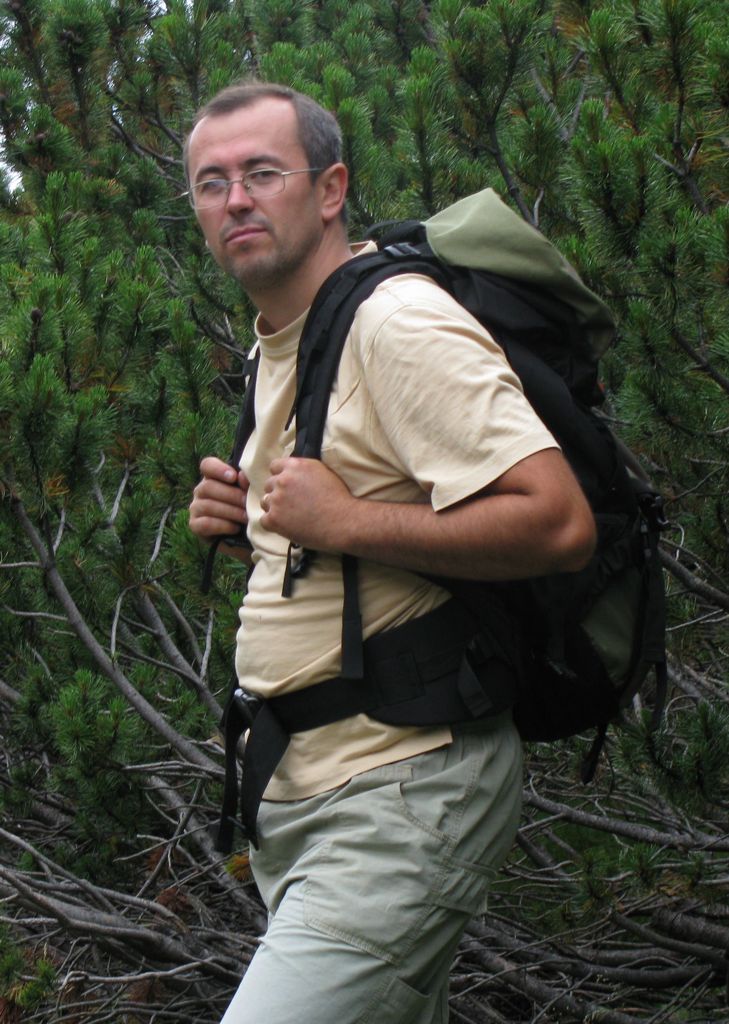 Adresa: Forest Research and Management Institute - Research Station Campulung Moldovenesc Calea Bucovinei 73bis, Ro725100 Câmpulung Moldovenesc (Romania) Email: popaicas@gmail.com Documente: 30071203202007-Popa_Ionel_CV_europass.pdf |
Marcel MINDRESCU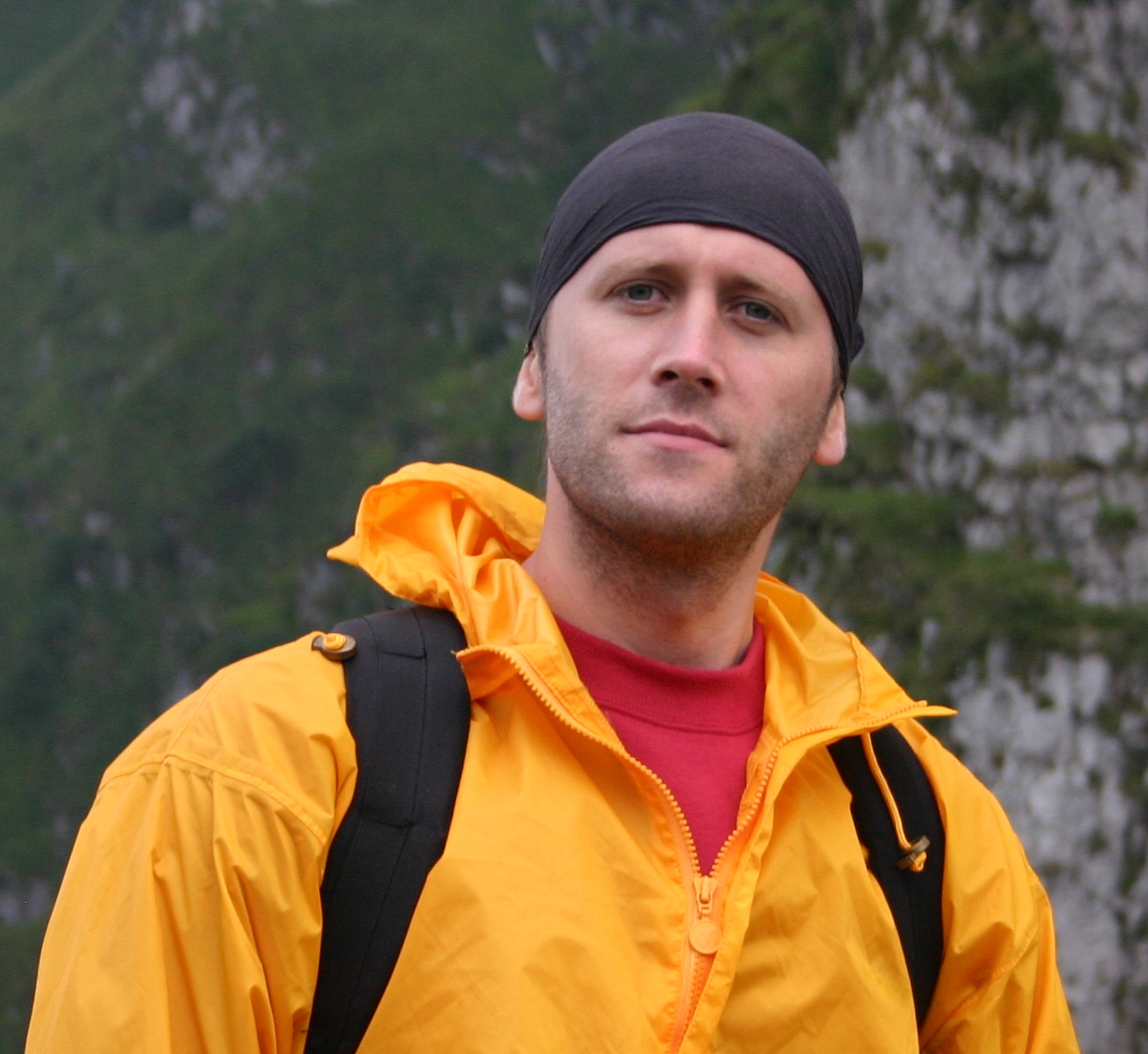 Adresa: Department of Geography, University of Suceava, 13, Universitatii street, ROMANIA Email: marcel.mindrescu@gmail.com Documente: 30071203265007-Marcel Mindrescu_CV_EUROPASS_April 2012.doc |
Mária Höhn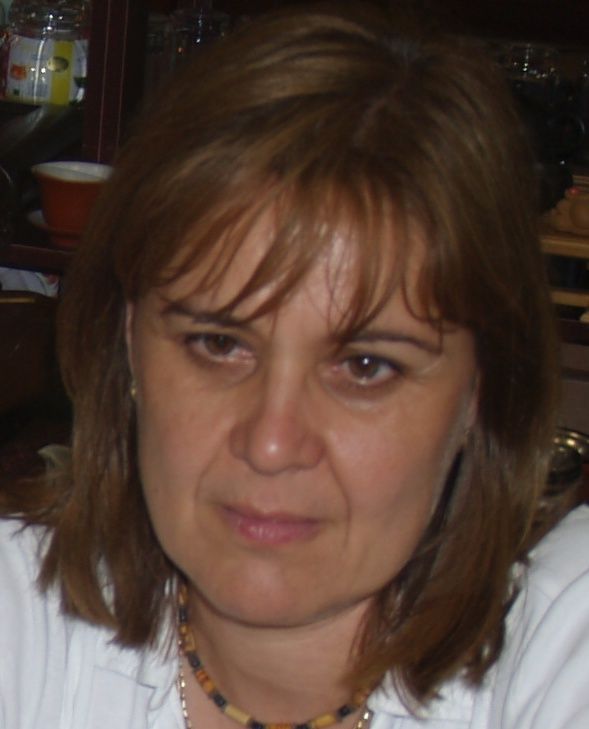 Adresa: Department of Botany, Faculty of Horticultural Sciences, Corvinus University, HUNGARY Email: maria.hohn@uni-corvinus.hu Documente: 21051207353705-HöhnM_paleohomepage.doc |
| Patriche Cristian Valeriu Adresa: Academia Română, Filiala Iaşi, Colectivul de Geografie Universitatea “Alexandru Ioan Cuza” din Iaşi Email: pvcristi@yahoo.com Documente: 30071203205707-CRISTI PATRICHI_CV_europass.doc |
Zoli Kern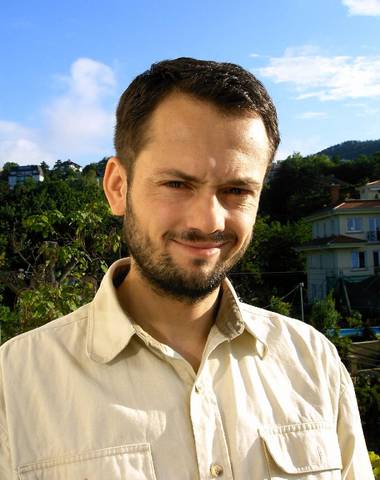 Email: zoltan.kern@gmail.com |
